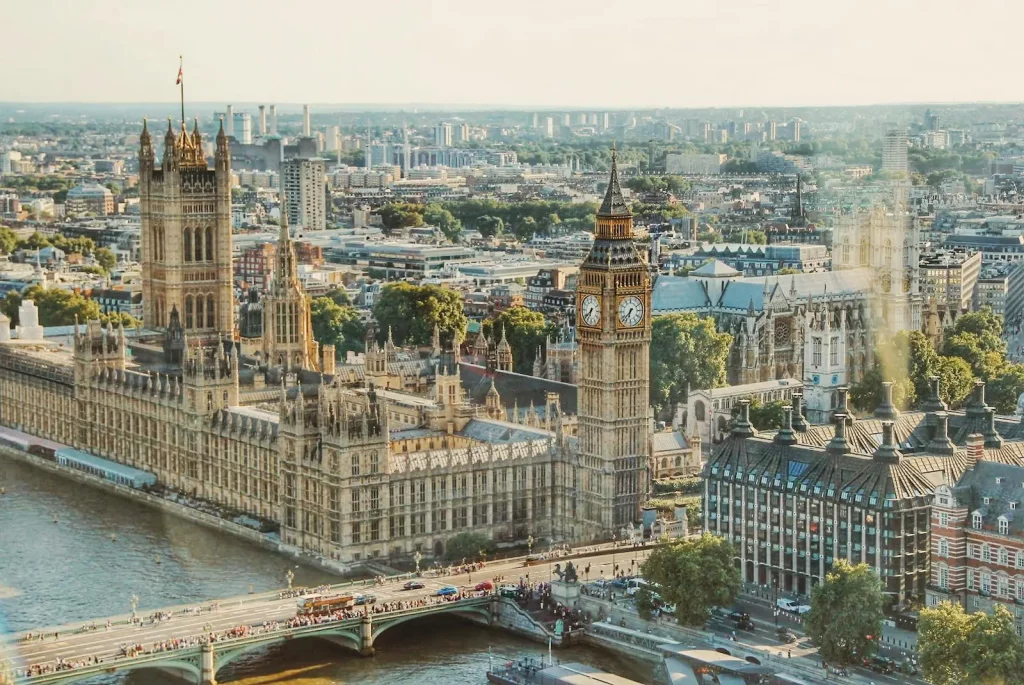Ideally, critical utilities such as energy, gas and water should not be in the headlines of national newspapers; companies would work to maintain infrastructural networks and companies would exist to ensure businesses received the best possible water rates.
Unfortunately, this has been far from the case, and no company with a connection to the water industry can ignore the issues in water quality, water prices and the stability of the private companies responsible for providing supplies of drinking and wastewater to every house and business that needs it.
However, if there is one single company that constantly seems to be at the centre of all of these issues, affected more than most and so close to the wall that legislation is being drafted to develop a Special Administration Regime to protect customers in the increasingly possible event that it goes under, it is Thames Water.
Thames Water is nearly £19bn in debt, at risk of defaulting before the end of the year, and burning money at such a rate that previous estimates that it had enough money to survive until May 2025 are increasingly being seen as optimistic.
How did it get to this point? The answer is a complex combination of mismanagement, asset stripping, poor stewardship of its resources and debt to pay off debt.
Defaulting The Thames
When Thames Water was privatised in 1989, it was a debt-free listed company, but the problems started following its acquisition by Kemble Water Holdings in 2006.
Up to that point, Thames had been owned by RWE, a German energy company, but following years of missed targets regarding the control of leaks, RWE doubled their money by selling to a consortium whose primary backer was the Macquarie Group, an Australian investment bank.
Up to that point, Thames Water had £4.4bn of debt, which was not ideal but was manageable given the EBITDA (earnings before interest, tax, depreciation and amortisation) of close to £1bn a year.
However, in just 11 years that debt ballooned to £10.5bn, only £1bn of which was attributable to a capital investment programme that aimed to boost the performance of Thames Water and help its already damaged image.
A lot of this debt was incurred by Macquarie itself to fund the acquisition in the first place, meaning that the loan to buy Thames Water was secured against itself, something that proved increasingly controversial from 2007 up until 2017 and was against Ofwat requirements.
A huge chunk of the remainder was dividend payments to shareholders, with Macquarie borrowing substantial amounts against the company’s assets, loading it with debt that the company would increasingly struggle to pay off in order to increase payouts to shareholders.
As much of this debt was linked to stock indexes, it became increasingly difficult to pay during periods of higher inflation. According to some analysts, Thames Water’s debts are as much as 80 per cent of the value of the company itself.
Dividends have also been paid to other companies within the group, which was subsequently used to pay off the interest of other loans incurred by Macquarie that had nothing to do with Thames Water, which increased in the wake of raw sewage controversies.
Macquarie would sell its stake to OMERS, a Canadian pension fund, and the Kuwait Investment Authority, and Thames Water has not paid a dividend since 2017.
The problem is that this debt has become a millstone for Thames Water and created a vicious cycle of underinvestment, poor quality standards, record fines and increasing costs for consumers, who perceive all of this as their money going down the drain of debt instead of being used to provide the service they are obligated to.
High amounts of debt mean increased vulnerability to any change outside of the control of the company that could cause a domino effect to collapse the company entirely.
By late 2022, Ofwat had noted that Thames Water had become the most indebted water company in England and Wales, and with the insolvency of Bulb in 2021 highlighting that customers needed to be protected in case a natural monopoly went bust, early plans had been developed for a similar Special Administration Regime.
Thames Water’s woes continued to get worse, as concerns were raised about the possibility that Thames Water could default on its billions of pounds of debt.
By December 2023, it was struggling to pay off debts due in the first quarter of 2024 and demanded bill increases of 59 per cent, something rejected due to a perception of rewarding failure.
With its debt bonds reduced to junk status, fines for dividend payments, many investors writing off their stake in the company and several payment deadlines coming up soon, Thames Water is in serious trouble, and nothing short of a miracle will avoid it entering a form of renationalisation.



